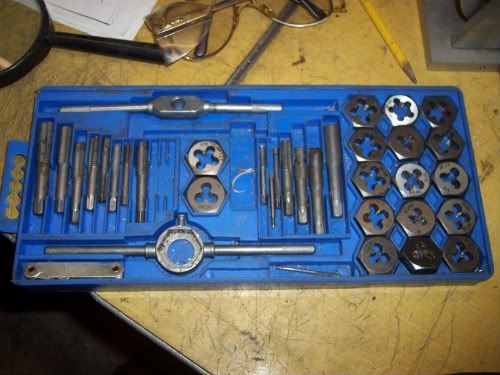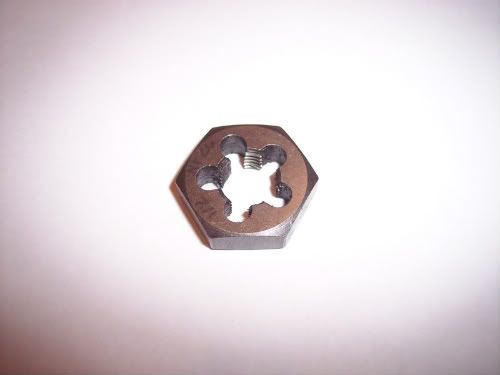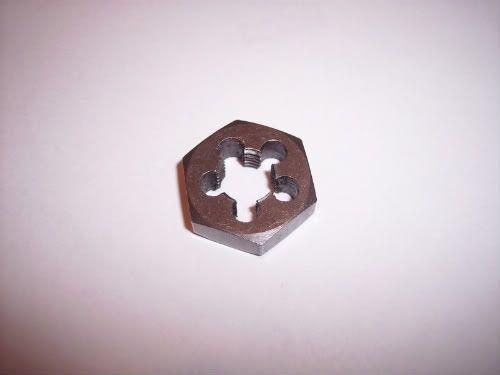- Joined
- Jan 19, 2010
- Messages
- 1,193
- Reaction score
- 41
I am having difficulty trying to find the correct diameter to make stock to get it ready for threading.
Is there a rule of thumb here, like a certain percent less that the major diameter?
I always have to make parts smaller than I think to get the die to start.
Also, can this be applied to making threads on the lathe?
Example, If I wanted to make a 1/2 13 thread in an aluminum bar, would I start with a 1/2 inch diameter, or something smaller?
Kel
I guess my question is, Is there an Index for threading like there is Tapping?
Kel (again)
Is there a rule of thumb here, like a certain percent less that the major diameter?
I always have to make parts smaller than I think to get the die to start.
Also, can this be applied to making threads on the lathe?
Example, If I wanted to make a 1/2 13 thread in an aluminum bar, would I start with a 1/2 inch diameter, or something smaller?
Kel
I guess my question is, Is there an Index for threading like there is Tapping?
Kel (again)









